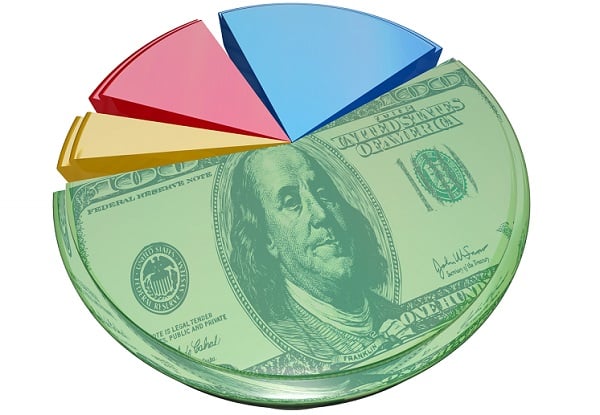 According to spokeswoman Cathryn Donaldson of America's Health Insurance Plans, nearly 5 percent of consumer premiums go toward various government taxes .(Image: Shutterstock)
According to spokeswoman Cathryn Donaldson of America's Health Insurance Plans, nearly 5 percent of consumer premiums go toward various government taxes .(Image: Shutterstock)
Thanks in part to an Affordable Care Act fee on health insurers that's based on premium revenue, the 13 health care companies included in the Institute on Taxation and Economic Policy's study of profitable Fortune 500 companies ended up paying an effective tax rate of 20.7 percent collectively in 2018. Across all industries, the effective tax rate was 11.3 percent.
But, as Modern Healthcare points out, that ACA fee is going away, thanks to a spending bill signed by the president in December that repeals it in 2021 and going forward.
"It's just one weird example that there is an industry-specific tax that other industries don't have to pay, and it meaningfully affects their effective tax rate," Matthew Gardner, a senior fellow at the tax institute and lead author of the study, which included 379 companies told Modern Healthcare.
Related: Big Pharma companies could lose $1 trillion–and still be more profitable than other industries
But it's not necessarily the health care companies who forked over the money. According to the report, it was likely passed on to consumers and employers by commercial health insurers via higher premiums. In fact, according to spokeswoman Cathryn Donaldson of America's Health Insurance Plans, nearly 5 percent of consumer premiums pay for various government taxes.
The tax was suspended in 2019 but companies will be on the hook for it in 2020, until the new legislation takes it back off the table in 2021.
But on the flip side, a provision in the 2017 tax law that allowed companies to depreciate major equipment expenses pretty much benefited the utility and machinery sectors, lowering their overall effective tax rates—something that health care didn't benefit from.
Still, there was wide variation among the rates paid by different health care companies. While on the health system side Tenet Healthcare Corp. ended up with a -2.4 effective tax rate—gaining it a $6 million refund from the IRS on $251 million in profit last year—Centene Corp. paid the highest federal rate in 2018 among healthcare, at 39.4 percent, and paid $498 million in federal income tax on $1.3 billion in profit last year, according to the study. Other differences included Molina Healthcare's tax rate of nearly 28 percent and Cigna's at 26.8 percent—and just to confuse things further, Humana's at a paltry 6.9 percent.
According to Modern Helathcare, "Many companies tout higher effective tax rates than the study did because they include deferred taxes and current state and local taxes in their calculations, whereas the study was limited to current federal income tax. Current tax is the amount paid in that year, while deferred is a tax that the company expects to pay in the future."
The study also identified 91 companies that paid no federal income taxes in 2018, with an effective tax rate of -5.9 percent, as well as 56 companies that paid effective tax rates between 0 and 5 percent.
Read more:
© Touchpoint Markets, All Rights Reserved. Request academic re-use from www.copyright.com. All other uses, submit a request to [email protected]. For more inforrmation visit Asset & Logo Licensing.






